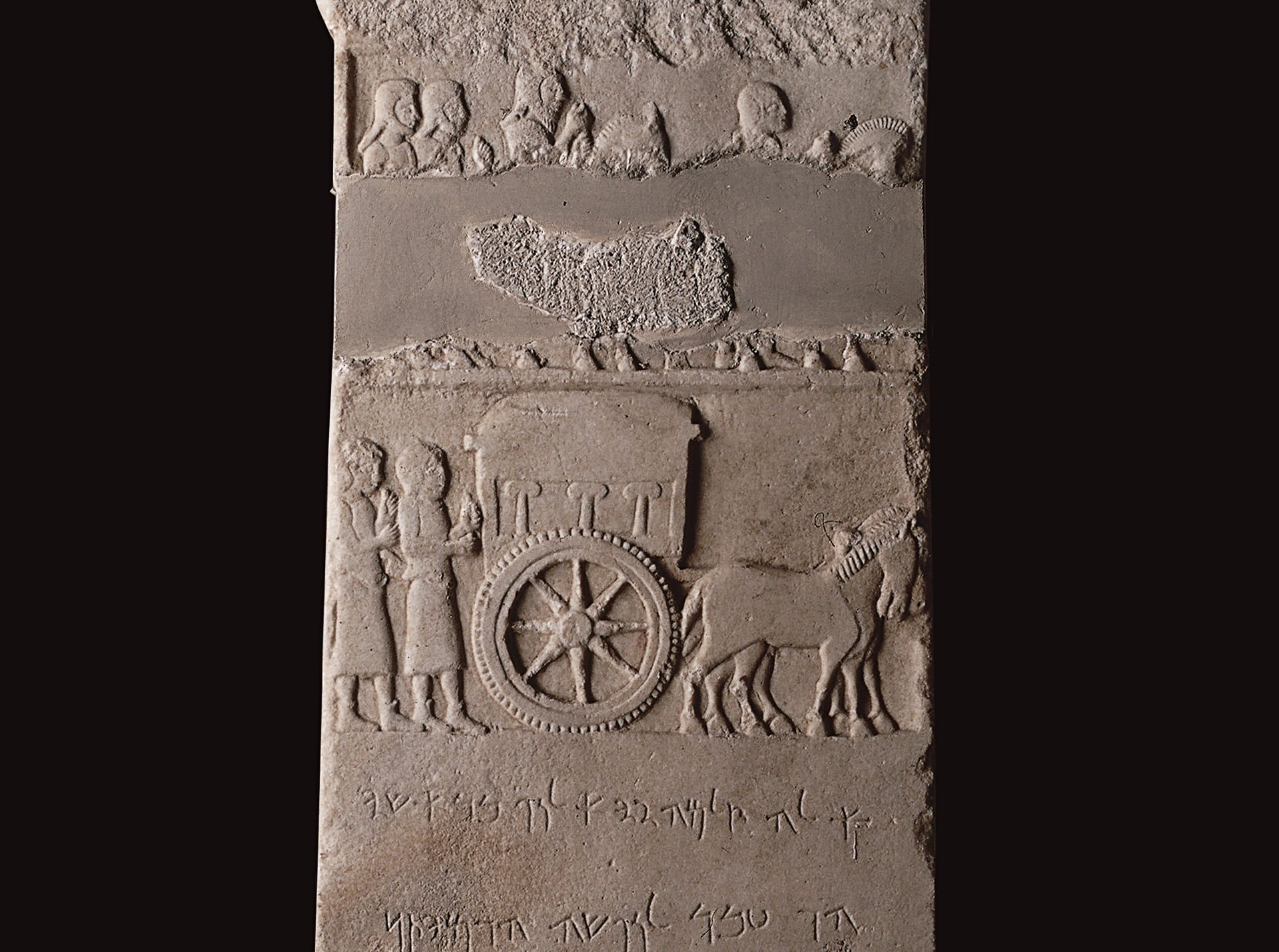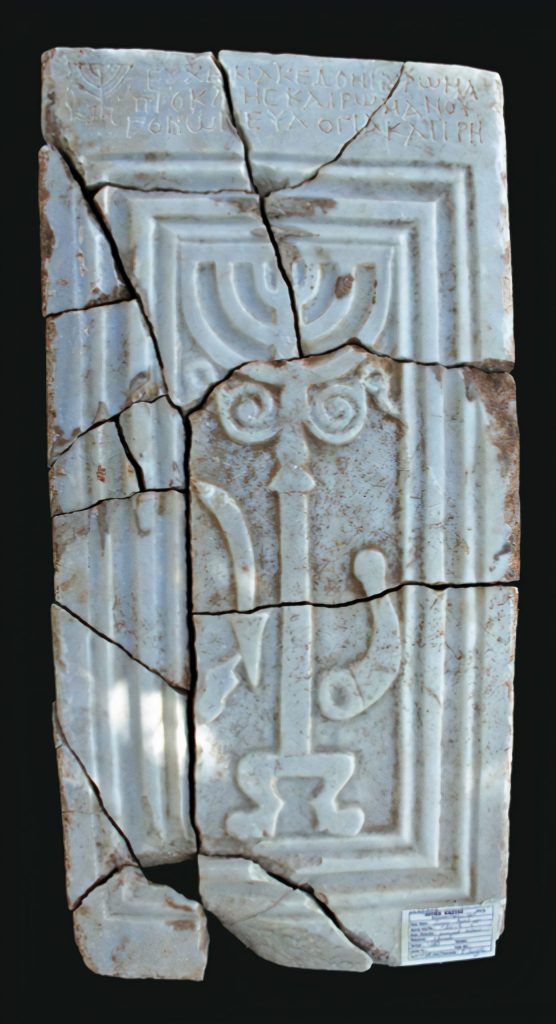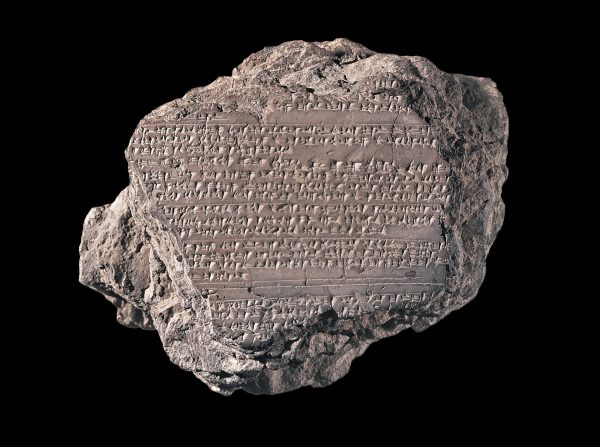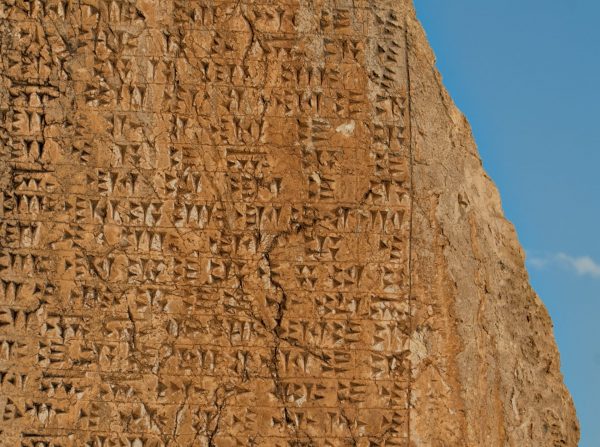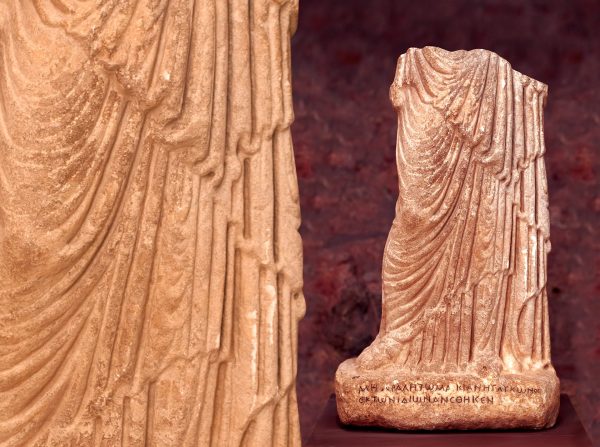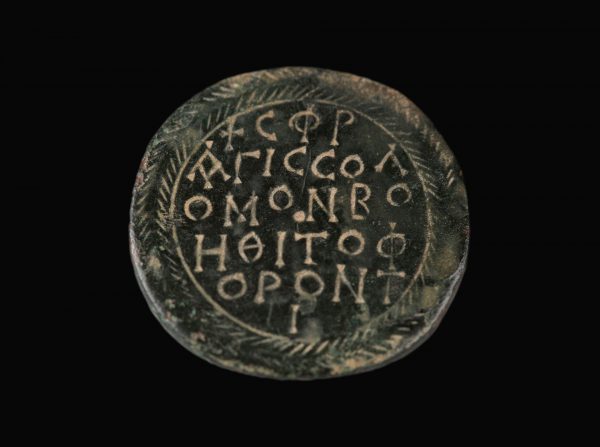Encompassing the majority of ancient languages common to the Middle East, Semitic languages constituted the main sub-group of the Afro-Asiatic language family. Among these, Akkadian, Phoenician, present-day Arabic and Hebrew, and even Syriac, and most notably Aramaic were the most widely spoken Semitic languages. Having derived its name from Noah’s son Shem, we now learn from clay tablets in Akkadian, monuments of the Persian Empire, and numerous tombs and votive inscriptions belonging to Jews that Semitic languages were spoken in Anatolia from the early 1st millennium BC onwards.
As the language of the Empire, Aramaic was spread during the Achaemenids, as they ruled for two hundred years across an area that extended from Hellas in the west to Indus Valley in the east. Following the reign of Macedon King Alexander the Great (331 BC), who ended the Achaemenid Empire, Phoenician and Aramaic inscriptions were replaced by their Hellenic counterparts over time.

